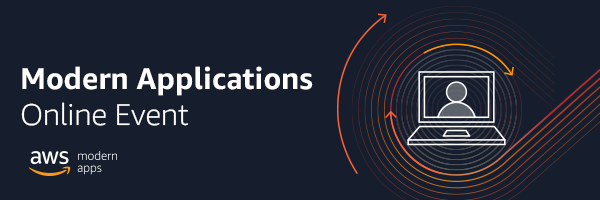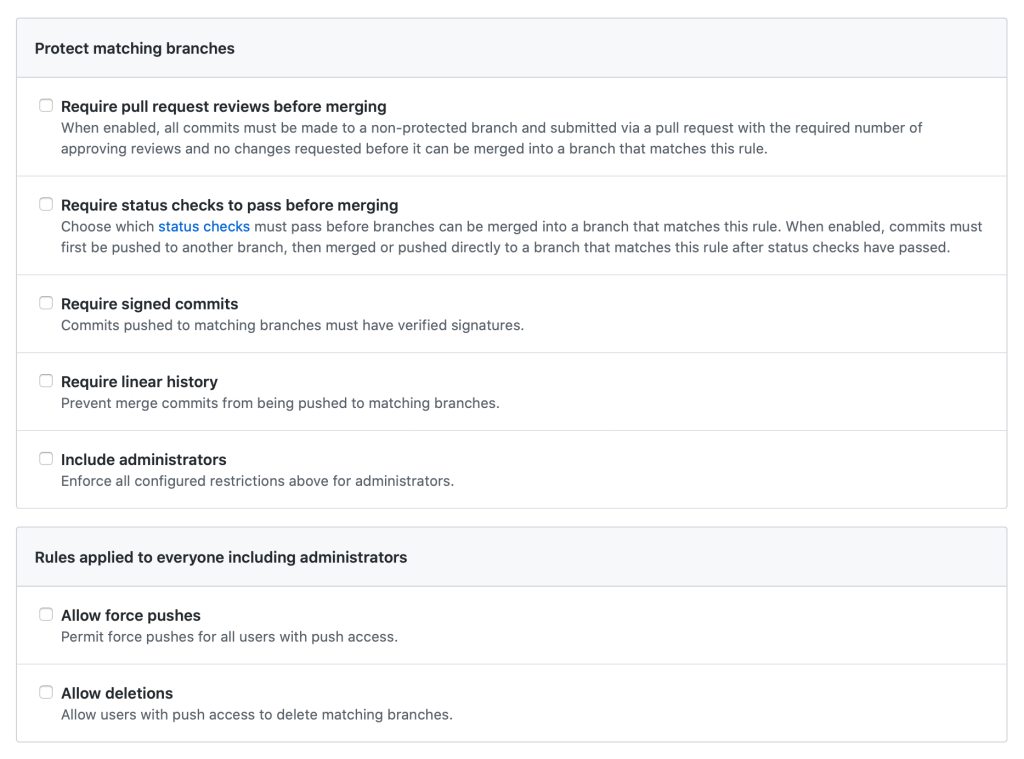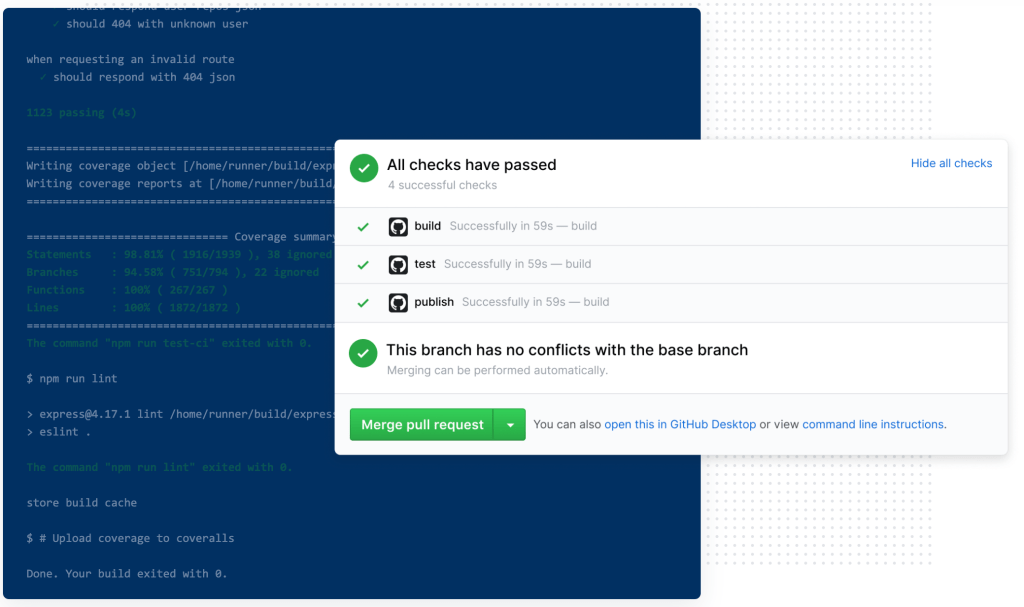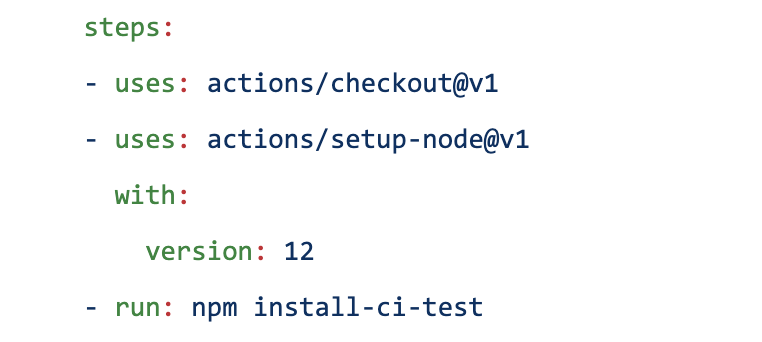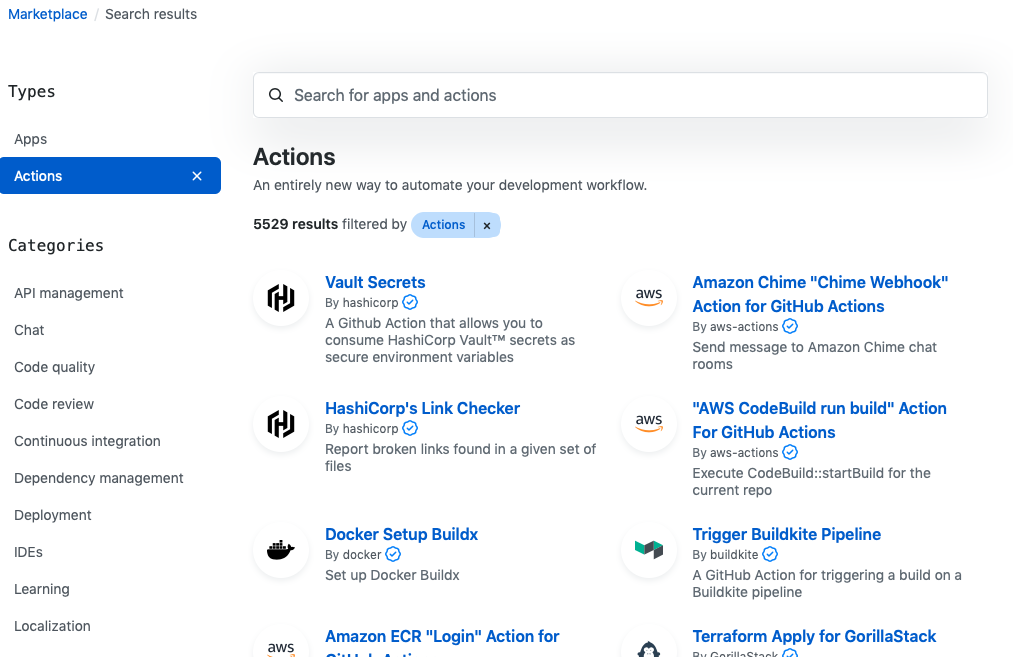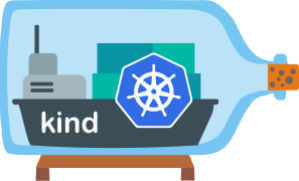Post Syndicated from Nicholas Walsh original https://aws.amazon.com/blogs/aws/reinvent-2020-streaming-schedule/
Last updated: 11:00 am (PST), November 30
Join AWS On Air throughout re:Invent (Dec 1 – Dec 17) for daily livestreams with news, announcements, demos, and interviews with experts across industry and technology. To get started, head over to register for re:Invent. Then, after Andy Jassy’s keynote (Tuesday, Dec 1 at 8-11 am PST) check back here for the latest livestreams and where to tune-in.
| Time (PST) | Tuesday 12/1 | Wednesday 12/2 | Thursday (12/3) 12/3 |
| 12:00 AM | |||
| 1:00 AM | |||
| 2:00 AM | Daily Recap (Italian) | Daily Recap (Italian) | |
| 3:00 AM | Daily Recap (German) | Daily Recap (German) | |
| 4:00 AM | Daily Recap (French) | Daily Recap (French) | |
| 5:00 AM | |||
| 6:00 AM | Daily Recap (Portuguese) |
||
| 7:00 AM | Daily Recap (Spanish) | ||
| 8:00 AM | |||
| 9:00 AM | |||
| 9:30 AM | |||
| 10:00 AM | AWS What’s Next | AWS What’s Next | |
| 10:30 AM | AWS What’s Next | AWS What’s Next | |
| 11:00 AM | Voice of the Customer | AWS What’s Next | |
| 11:30 AM | Keynoteworthy | Voice of the Customer | Keynoteworthy |
| 12:00 PM | |||
| 12:30 PM | |||
| 1:00 PM | Industry Live Session – Energy | AWS What’s Next | |
| 1:30 PM | |||
| 2:00 PM | AWS What’s Next | AWS What’s Next | AWS What’s Next |
| 2:30 PM | AWS What’s Next | AWS What’s Next | AWS What’s Next |
| 3:00 PM | Howdy Partner | Howdy Partner | |
| 3:30 PM | This Is My Architecture |
All In The Field | This Is My Architecture |
| 4:00 PM | |||
| 4:30 PM | AWS What’s Next | ||
| 5:00 PM | Daily Recap (English) | Daily Recap (English) | Daily Recap (English) |
| 5:30 PM | Certification Quiz Show |
Certification Quiz Show |
Certification Quiz Show |
| 6:00 PM | Industry Live Sessions |
Industry Live Sessions |
|
| 6:30 PM | |||
| 7:00 PM | Daily Recap (Japanese) |
Daily Recap (Japanese) |
Daily Recap (Japanese) |
| 8:00 PM | Daily Recap (Korean) | Daily Recap (Korean) | Daily Recap (Korean) |
| 9:00 PM | |||
| 10:00 PM | Daily Recap (Cantonese) |
Daily Recap (Cantonese) |
Daily Recap (Cantonese) |
| 11:00 PM |
Show synopses
AWS What’s Next. Dive deep on the latest launches from re:Invent with AWS Developer Advocates and members of the service teams. See demos and get your questions answered live during the show.
Keynoteworthy. Join hosts Robert Zhu and Nick Walsh after each re:Invent keynote as they chat in-depth on the launches and announcements.
AWS Community Voices. Join us each Thursday at 11:00AM (PST) during re:Invent to hear from AWS community leaders who will share their thoughts on re:Invent and answer your questions live!
Howdy Partner. Howdy Partner highlights AWS Partner Network (APN) Partners so you can build with new tools and meet the people behind the companies. Experts and newcomers alike can learn how AWS Partner solutions enable you to drive faster results and how to pick the right tool when you need it.
re:Invent Recaps. Tune in for daily and weekly recaps about all things re:Invent—the greatest launches, events, and more! Daily recaps are available Tuesday through Thursday in English and Wednesday through Friday in Japanese, Korean, Italian, Spanish, French, and Portuguese. Weekly recaps are available Thursday in English.
This Is My Architecture.Designed for a technical audience, this popular series highlights innovative architectural solutions from customers and AWS Partners. Our hosts, Adrian DeLuca, Aarthi Raju, and Boaz Ziniman, will showcase the most interesting and creative elements of each architecture. #thisismyarchitecture
All in the Field: AWS Agriculture Live. Our expert AgTech hosts Karen Hildebrand and Matt Wolff review innovative applications that bring food to your table using AWS technology. They are joined by industry guests who walk through solutions from under the soil to low-earth-orbit satellites. #allinthefield
IoT All the Things: Special Projects Edition. Join expert hosts Erin McGill and Tim Mattison as they showcase exploratory “side projects” and early stage use cases from guest solution architects. These episodes let developers and IT professionals at any level jump in and experiment with AWS services in a risk-free environment. #alltheexperiments
Certification Quiz Show. Test your AWS knowledge on our fun, interactive AWS Certification Quiz Show! Each episode covers a different area of AWS knowledge that is ideal for preparing for AWS Certification. We also deep-dive into how best to gain AWS skills and how to become AWS Certified.
AWS Industry Live. Join AWS Industry Live for a comprehensive look into 14 different industries. Attendees will get a chance to join industry experts for a year in review, a review of common use cases, and learning about customer success stories from 2020.
Voice of the Customer. Tune in for one-on-one interviews with AWS industry customers to learn about their AWS journey, the technology that powers their products, and the innovation they are bringing to their industry.
